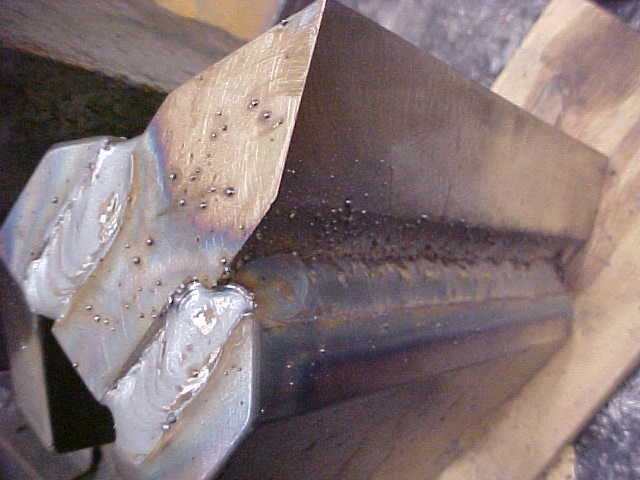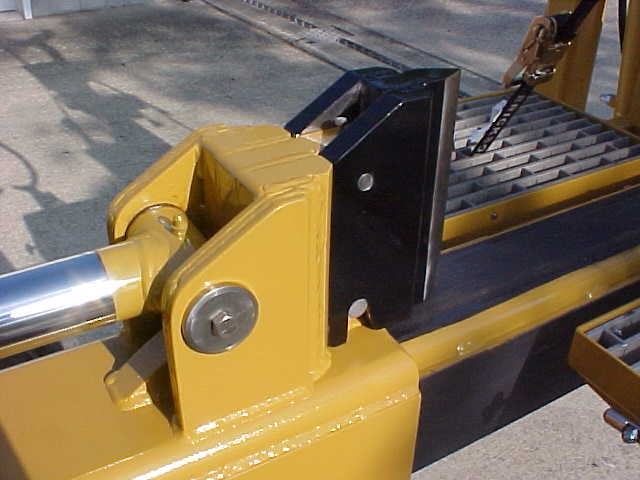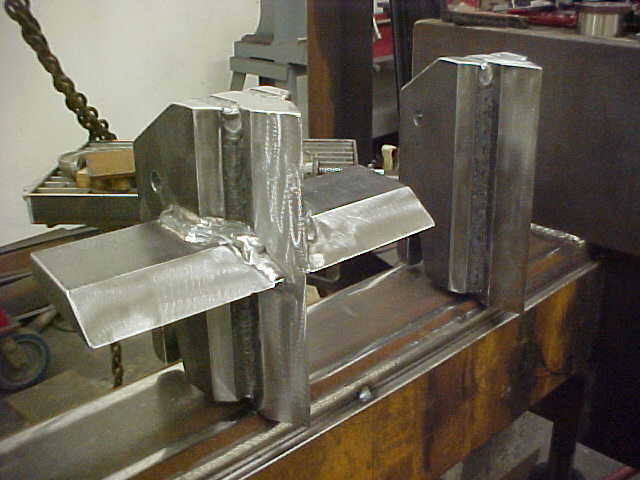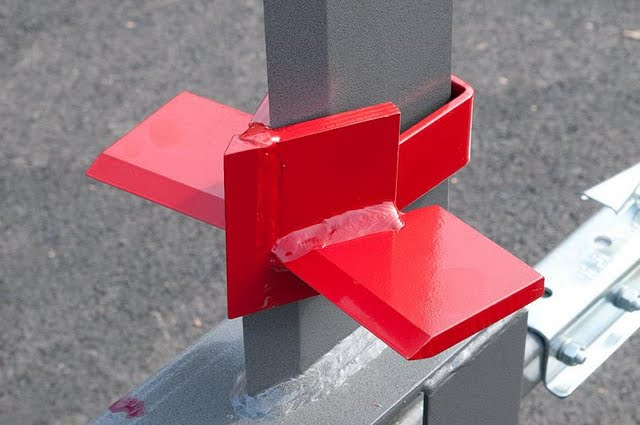stltreedr
ArboristSite Operative
Kevin in Ohio, among others was right. the head design didn't break upon use, but the machine won't split it. I'm running about 30 tons of force through my 5 inch cylinder, and even moderately big, or knotty wood stalls the cylinder. I really want a 3 way wedge, so I'm hoping to redesign it so that it will work. The vertical splitting wedge is 8" tall, and the horizontal is 16" wide. I'm figuring if the splitting "point" is about 1/8", the log is encountering about 4.5 square inches at a time. What would you think about either:
cutting 4 inches off each side of the horizontal splitting wedge to reduce surface area by 1/3,
or
remounting the top wedge about an inch or two in front or in back of the vertical wedge so the log doesn't hit all the surfaces at the same time.
or both, or something else...open to suggestions.
Those of you that have 4 and 6 way wedges- are the horizontal and vertical splitting surfaces offset or even. If offset, by how much?
Opinions needed.
View attachment 273591View attachment 273592View attachment 273593
cutting 4 inches off each side of the horizontal splitting wedge to reduce surface area by 1/3,
or
remounting the top wedge about an inch or two in front or in back of the vertical wedge so the log doesn't hit all the surfaces at the same time.
or both, or something else...open to suggestions.
Those of you that have 4 and 6 way wedges- are the horizontal and vertical splitting surfaces offset or even. If offset, by how much?
Opinions needed.
View attachment 273591View attachment 273592View attachment 273593









